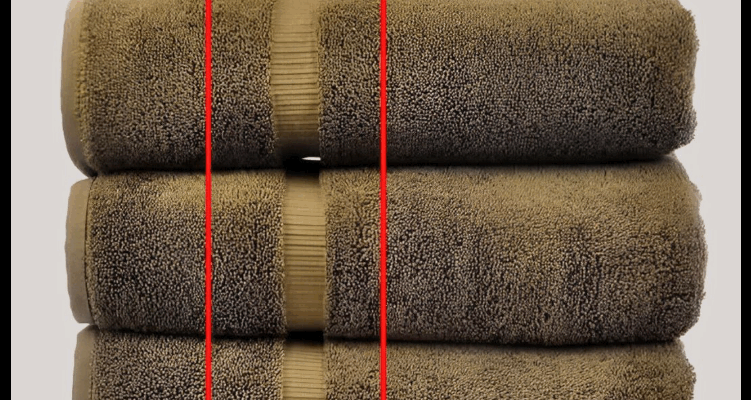Bath towels are an essential part of every household, yet most people rarely consider the small design details that contribute to their quality and function. One of these often-overlooked elements is the presence of lines woven into the fabric.
While they may seem purely decorative, these lines actually serve important functional purposes that enhance the towel’s performance, durability, and structure.
These lines are created through specific weaving techniques that help improve moisture absorption, maintain the towel’s shape, and offer a better tactile experience.
By increasing surface area and forming air channels, the lines allow for faster drying and more efficient water absorption. They can also act as visual guides for folding and hanging. Some towels include raised tread lines, which are specially woven to strengthen the fabric and prevent it from wearing out quickly. These lines help preserve thickness and softness over time.
Additionally, the dobby weave—a technique that produces small geometric patterns—is commonly used to create these structural lines. It helps maintain the towel’s form, preventing stretching and distortion even after many washes. Dobby borders, often found at the ends of towels, are denser and add extra strength to prevent unraveling, while also giving the towel a framed, finished look. In conclusion, the lines on bath towels are not just for appearance; they are the result of deliberate craftsmanship designed to improve longevity, function, and style. Understanding these small design elements can lead to a greater appreciation for the quality and engineering behind a product we use every day.
